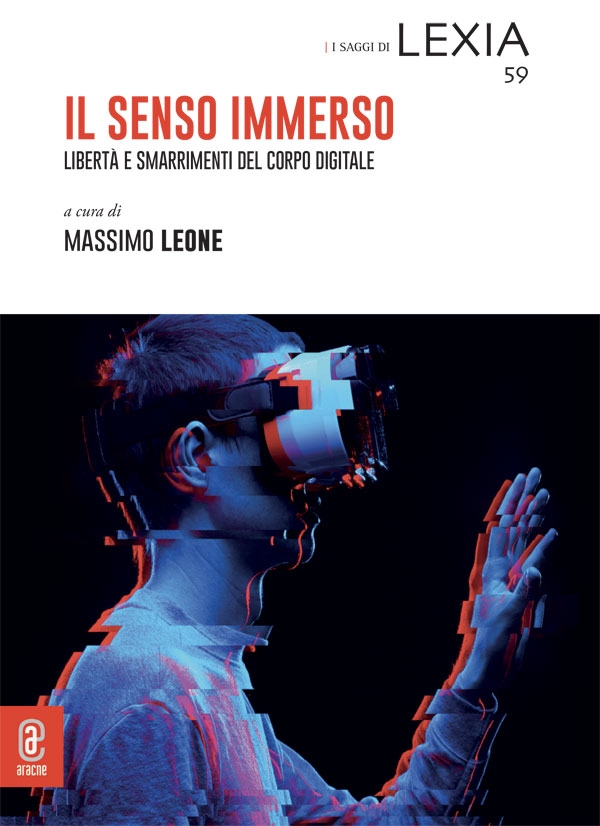Extracted from publication Il senso immerso
I due edifici di St. Andrew’s. Una ricostruzione storica e visiva
DOI: 10.53136/979122181652524
Pages: 513-520
Publication date: February 2025
Publisher: Aracne
SSD:
M-FIL/04 M-FIL/05
This study is focused on St. Andrew’s Church, a Scottish Presbyterian church located on Via XX Settembre in Rome. As an example of the religious diversity in the capital of Italy, this church challenges not only the prevailing belief that cities are fully secularized, as per the “secular city” postulated by Cox in 1965, but it also points to the existence of multiple religious traditions within Rome, a city that in the collective imagination is purely associated with Catholicism. Despite its classification by religious scholars as a concealed place of worship, archival materials from the Capitoline Historical Archive reveal the initial aim to construct a visible place of worship. The cause of the marked difference between the original design and structure actually built remains a subject of speculation, with some suggesting political-religious constraints during construction, while economic factors may also have been at play.The project here is to use current technology to virtually reconstruct St. Andrew’s Church as originally envisioned, giving a tangible experience of the church as initially conceived: a technological window into one of the many concealed realities of non-Catholic places of worship in Rome. 3D modeling tools, such as Rhinoceros 3D and Matterport, are used to compare the two incarnations of St. Andrew’s, to offer an immersive exploration of a part of Rome’s religious history, unveiling previously unseen facets of the city’s multi-religious landscape.


